Why local business need to go online now – Online Shop is no more just a CHOICE after CoronaVirus
The current time of uncertainty, fear, and anxiousness is all caused by everyone’s hated thing called “CoronaVirus.” Where this historic and highly contagious virus is eating up lives, it isn’t sparing the economies either.
It is enough to give us chills on how this minute virus has become the biggest threat to money-millers across the globe. It pinned the essential component of the business theory, called “customers.” How? By simply locking them down at homes. This leads businesses to struggle even in staying afloat; because, ‘no buyer, no business.” This is especially true for non-essential products and services such as the travel industry, car, and transport industry restaurants, luxury items, etc.
Small Business -the Hardest-hit of Novel CoronaVirus

While big business giants are struggling to keep up with the business operations and thriving, small businesses are barely sustaining.
It is a daunting time for small businesses during this novel coronavirus pandemic. Amid this outbreak, numerous companies have been compelled to shut, several others have lost a significant number of customers, and most have been shrunk to skeleton crews and a total remote workforce.
The crush of social, gaming, and other events reversals — coupled with bans on large human gatherings and government orders for employees to stay home — have left all the local businesses grappling to stay up and working. Companies are already reporting 42% lesser sales and 39% of participants to a National Federation of Independent Business survey stated they are facing disruptions in their supply chain.
That’s a piece of terrible news aside from thousands of loss of lives to date.
What to Do?
So, what options do we have? Either face this enemy of humans or wait for your turn to taste the death; might not with the virus but with drowning into financial crisis and seeing your business turning into a sinking ship.
Of course, it is time to go on survival mode, for both healthwise and business. So, let us plunge into the solution, which isn’t that unobvious. It’s time to go ONLINE.
E-Commerce -A Viable Solution for Hurting Retailers
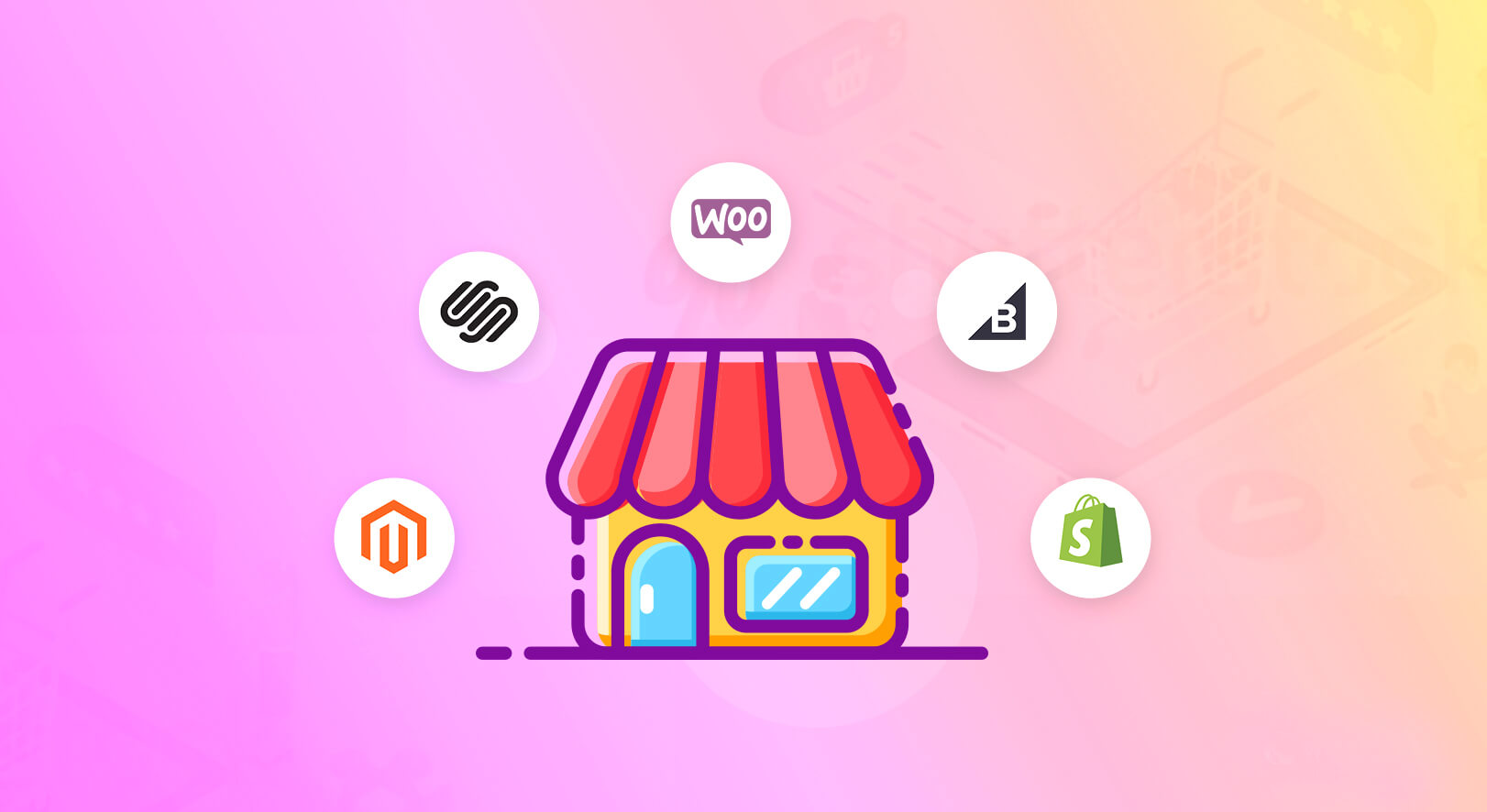

Physical Store
They say drastic times call for drastic measures. So this time, when physical stores are nothing but a quiet place with a big “
closed” signboard, online stores are what seem to be potential breeding customers.
As masses have adopted social distancing as a coping mechanism to curb the spread of this pandemic, naturally, a drop-off in brick-and-mortar selling is seen. This implies a potential increase in the online shopping trend as buyers are turning to e-commerce for buying things they might have otherwise got in person.

Online Shopping
Has that forecast won out? In reality, eCommerce sales have yet to be as high as expected across the board. However, several industries that have promptly shifted to e-commerce are experiencing significant upticks. This is especially true for online retailers of essentials, such as groceries and household goods. However, these sectors weren’t much into online business before this pandemic but shifted to weather the storm.
JD.com, China’s biggest online store, has recorded sales of general household staples quadruple over the same time last year. A study by Engine discovered that consumers are spending, on average, 10-30% more on online shopping than ever before.
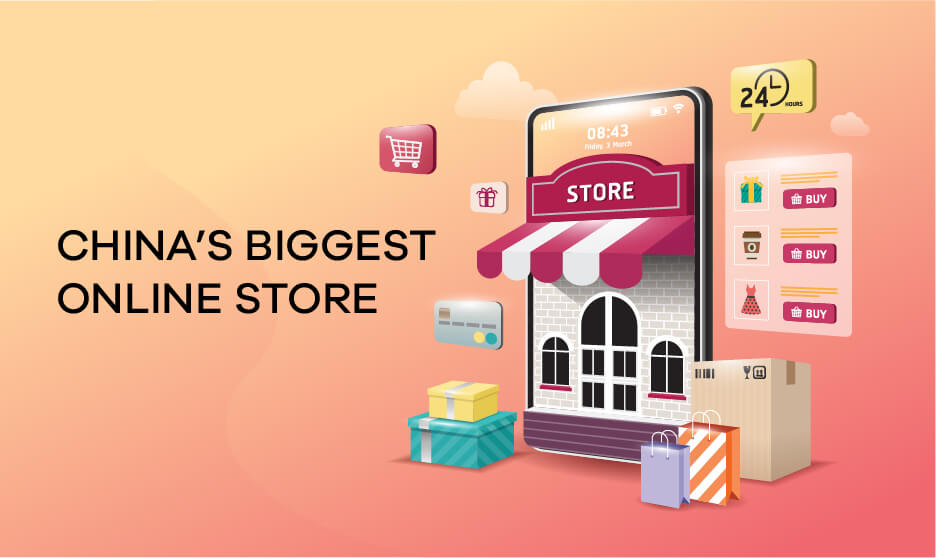
1. Grocery eCommerce.

Grocery eCommerce
Grocery eCommerce towered in the mid of March after buyers shifted to online shopping to get themselves essentials that weren’t available at their local grocery mart. The following graph by Rakuten Intelligence shows a substantial spike in grocery-related eCommerce. The rest of the online business sector seems like it might pick a little speed, but no extreme peaks or valleys.
2. Other eCommerce categories.
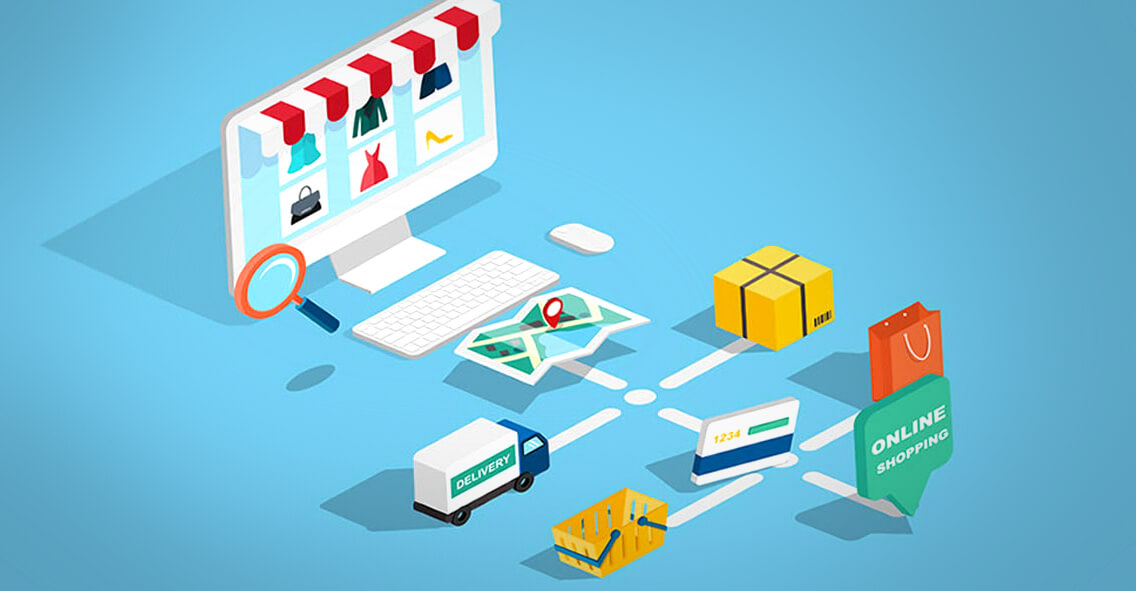
Apart from grocery, e-commerce comprises a vast number of products across sections. Common Thread Collective has been giving estimable updates with COVID19 data on eCommerce purchasing habits, including the chart below.
3. Subscription services.

Whereas eCommerce sales don’t usually see the skyrocketing rise as one might expect, some exceptions are surely there. One of these is the subscription and convenience services, which have experienced major upward trends in both conversion and revenue.
WITHIN, a performance branding company has been tracking the consequences of coronavirus pandemic across numerous sectors by examining and comparing stats from select businesses year over year. The graph below is what they have observed:
Opportunities and Challenges for eCommerce
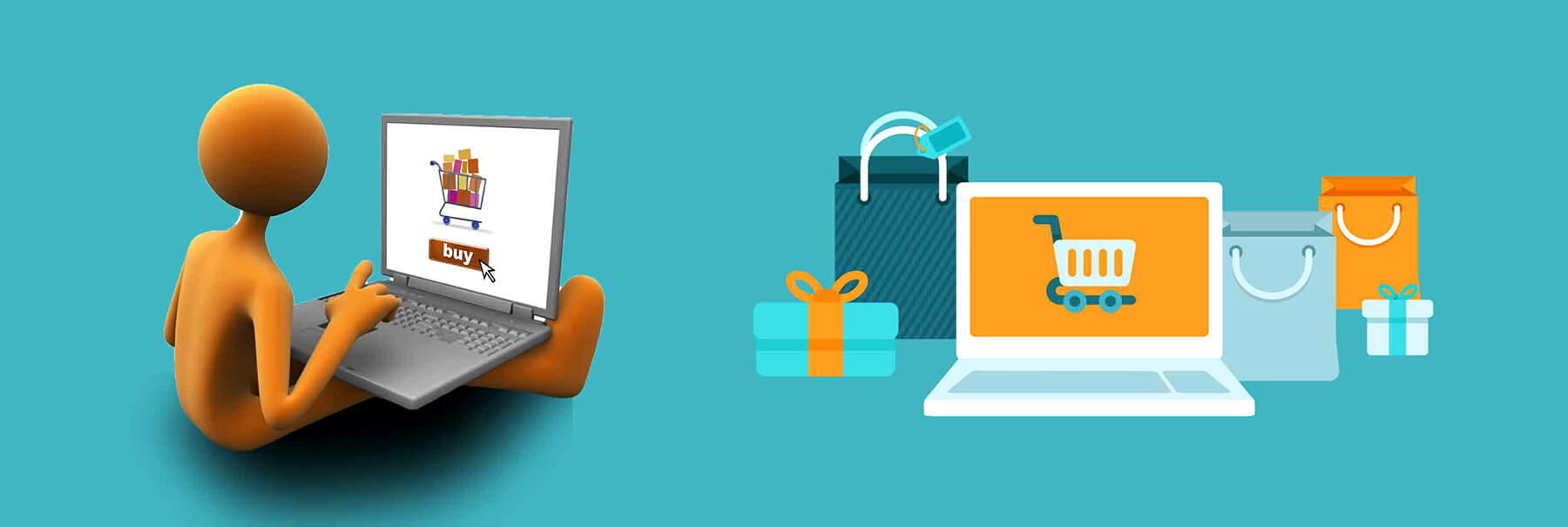
According to the US official stats, online sales in Q4 of last year were recorded as 11.4% of total retail purchasing. The prediction for eCommerce in 2020 says that the level may shoot to 12% because of the fallout of Coronavirus.
This observation indicates the present consumer behavioral patterns. It also underlines how the fluctuating situation can determine trends.
At present, no one can foretell the full-blown fallout of Coronavirus on the international economy. But, it is very much possible to spot opportunities even in a disrupted market.
Opportunities for eCommerce during Coronavirus Pandemic
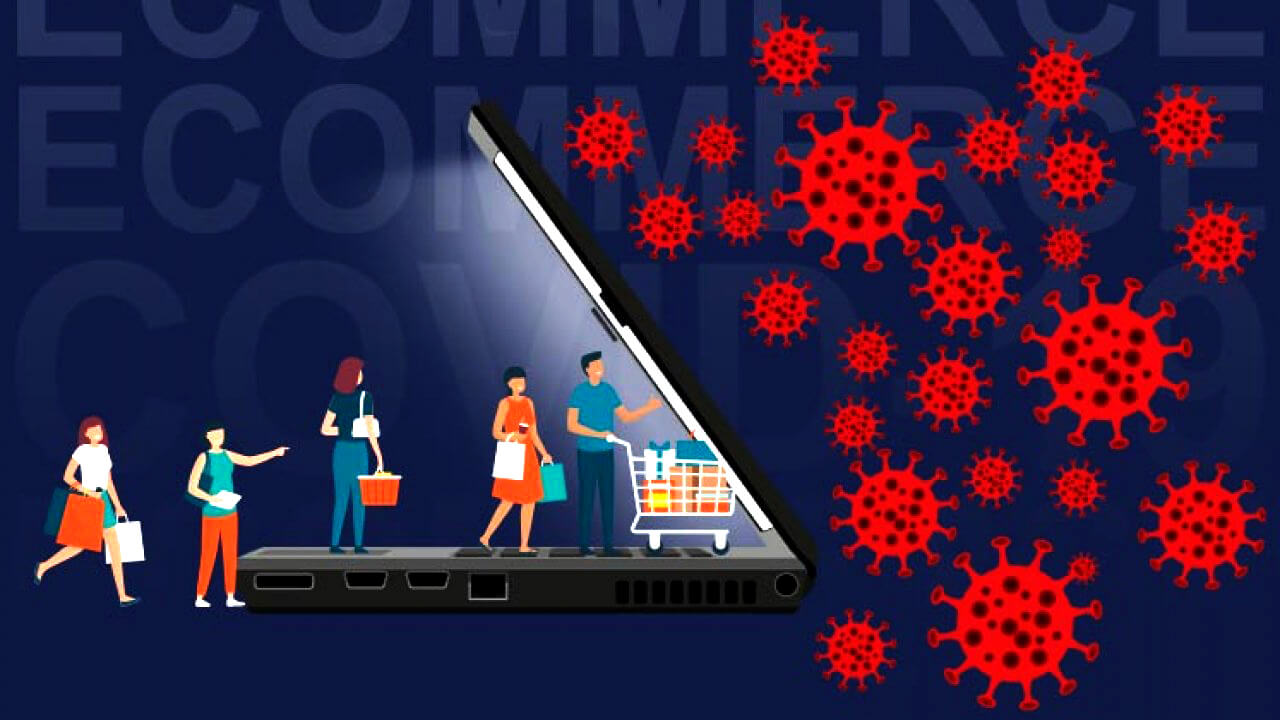
- Buyers will turn to online shopping to fight shy of public gatherings. Services such as home delivery and businesses such as Amazon and other eCommerce stores will thrive even more. And the online classification of significant retailers will be significant beneficiaries.
- Buyers who tend to purchase online during the holiday season were seen to stick to this buying pattern even after holidays. This indicates that buyers may turn to the same shopping process again and may continue shopping online even after the end of this pandemic.
- As seen in some parts of China, less competition for marketers still perpetrated to run campaigns. But, currently, these marketers are running old ads that seem irrelevant to the prevailing crisis. If these campaigns are altered to relate more to the current social environment, they could be more effective.
Challenges for eCommerce during the Coronavirus pandemic

Challenges for eCommerce during the Coronavirus pandemic
Just like many cases, with opportunities come challenges. Keeping a cautious look at the changing scenario may help online businesses to take the edge of the presumed recession. Problems that need to be mulled over with the same concern. Some cases of potential issues are:
- Supply chain link is missing –lack of products and dipping consumer demand could also blunt eCommerce progress -if the economy flounders or faces recession.
- Making easy ways for buyers to shop with a drive-through, pick-up, and quick delivery.
- The overwhelming online orders heap pressure on companies to fulfil them. In some cases, this pressure is going overboard for businesses enough to threaten to upend their eCommerce functions.
Strategic Takeaways for Online Retailers and Advertisers
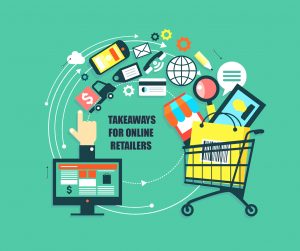
1. Look ahead and reframe your efforts.
It’s time to create a crisis plan and response. Pay close attention to your strategies, which should cover the scheme for the post-Coronavirus situation. This process has to be agile and needs to react immediately to changing circumstances.
2. Shift your sales channel mix
One to one and bricks and mortar retail stores are already closed in affected countries. Redeploying your sales endeavors to new channels both in B2C and B2B enterprises. If you are selling products on-site only, think of shifting it to an online platform where you could find your potential customers. If you already have your online presence, try penetrating additional marketplaces.
Be creative on social media to pull the traffic. Make use of active engagement with communities and support people in hard times. They will acknowledge this and may reciprocate later.
3. Respond to new needs with innovation
New buyer demands will also create a need for innovation. When hit by the crisis, many businesses will go on defensive mode, but it is wiser to keep your attention around emerging opportunities.
4. Utilize all your assets to stimulate and sustain demand
Online selling will shift the marketing dynamics too. This time demands businesses to invest more time and money in digital marketing for the foreseeable future.
5. Reconsider your discount strategy
Sale offers and discounts don’t have to be drastic to attract customers. Use smaller sales and niche-specific discounts.
Final Words
All of us are presently living in flux. Your buyers are striving to conform to difficult times without much of a foothold and consequently changing their behaviours. As a businessperson, you’re experiencing somewhat similar uncertainty while struggling to cater to your customer’s needs and your own.
Based on your industry and audience, your response to the ever-changing circumstance will evolve. You know your buyers better than anybody. We hope this article has helped you know some of the buyers’ behaviour is shifting, so you can continue to serve them with the best possible service you can give. All you need to do is to adapt to the change of business model from a physical store to online with our highly skilled team. While we take care of your e-commerce website technicalities, you focus on scoring maximum sales!
-

Waqas D.
Waqas D. is the co-founder of the branding and website agency, FullStop™. He supercharges brands by crafting memorable logos, brand identities and engaging websites. Besides thousands of startups and medium-size businesses, FullStop has worked with likes of Microsoft & L’Oréal. View our portfolio or get in touch.
Get a Free Quote
+1 845 3770255
Call on anytime
To discuss your project










